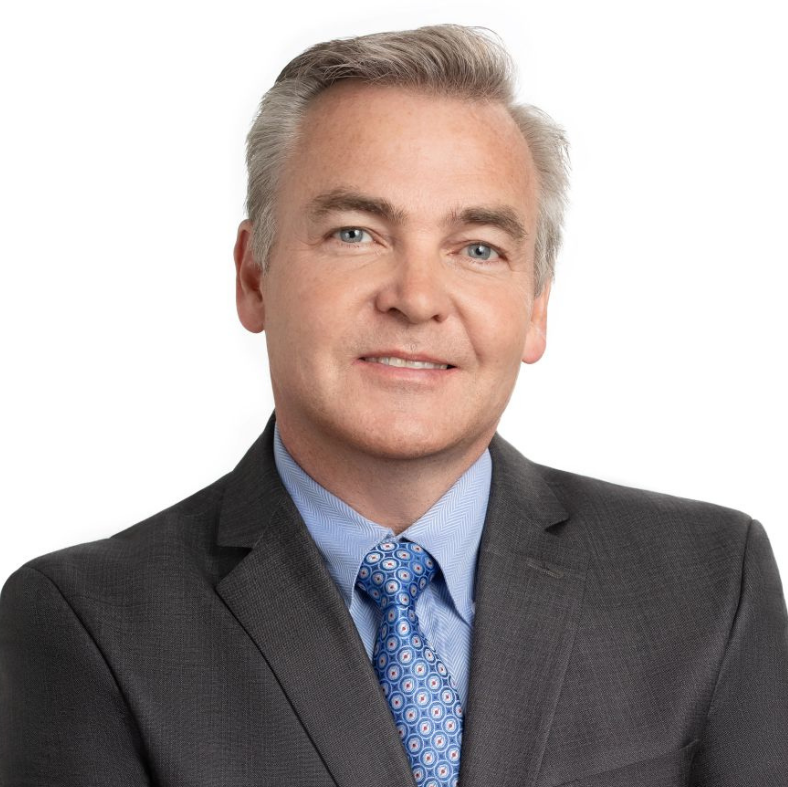Thanks to ZIRP and a historic adjustment, advisors have been incentivized to pile risk into their clients' fixed income sleeves, that needs to stop


Fixed income was a drag on your clients’ portfolios for most of the past fifteen years. Equities went on a historic bull runs, with a few stutters here and there. There wasn’t much downside for fixed income to protect against and clients began to feel some FOMO, that their sixty or seventy per cent allocations to equities actually left them underperforming the market. It didn’t help that under a zero interest rate policy (ZIRP) regime, the ‘income’ in fixed income was nominal at best.
So what did advisors do to add returns to their clients’ fixed income sleeves? They cheated. They took on preferred shares for their fixed income. They added junk and low-grade bonds. They bought bonds from countries with unstable governments and extremely high yields, or funds that held second mortgages. They tried to add returns to their clients’ fixed income side, and added a lot of risk in the process.
I once had a conversation with an advisor I had great respect for. He was discussing fixed income and why we hold it in our portfolios. He said it was to allow you to hold equities. Sure, equities are great when everything is going well, but what allows you to hold equities when things fall apart? Fixed Income.
We neglected that principle because fixed income was dragging under ZIRP. We were stuck in a low rate environment when robo-advisor marketing was making every conversation into one about justifying fees. Buying bonds at a 2.5 per cent yield and charging a one per cent fee doesn’t seem very advantageous to the client. So advisors pushed in these products that offer a higher rate of return.
The trouble is, clients still understand the fixed income sleeve to be their defence. It’s meant to protect them and they get that. By taking on higher risk assets in that sleeve, clients end up shocked when those assets pull back more sharply or behave in correlation with equities.
Rather than putting more risk into the equity sleeve, I believe that advisors can simply talk to their clients about increasing their equity allocations if they want more growth. Then clients have a clearer understanding of what they hold and what it does. Advisors get the ability to use fixed income the way it was intended: as a defensive position.
The spectre of 2022 hangs over a lot of this issue for advisors and clients now. Our first sustained bear market saw equity and bond markets falling in lock step. The reverse correlation was abandoned, but in the historic circumstance of post-COVID inflation and the end of ZIRP. 2022 was the exception, not the rule. We can’t let a completely unique set of historic circumstances undercut the principles of portfolio construction.
Because of the pain of 2022, at least in part, we don’t have to anymore. Interest rates are not going back to zero. They remain high in the United States and while here in Canada they’re just around neutral, we expect yields to remain solid for developed market bonds going forward. The risk-free rate is meaningful again, and that means traditional bonds can carry value for clients.



